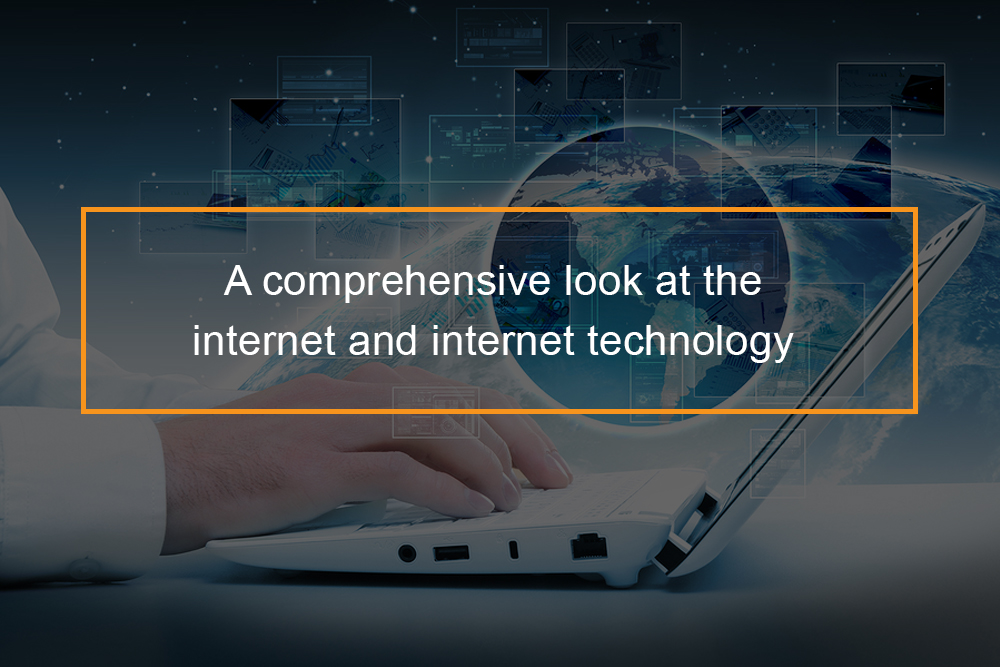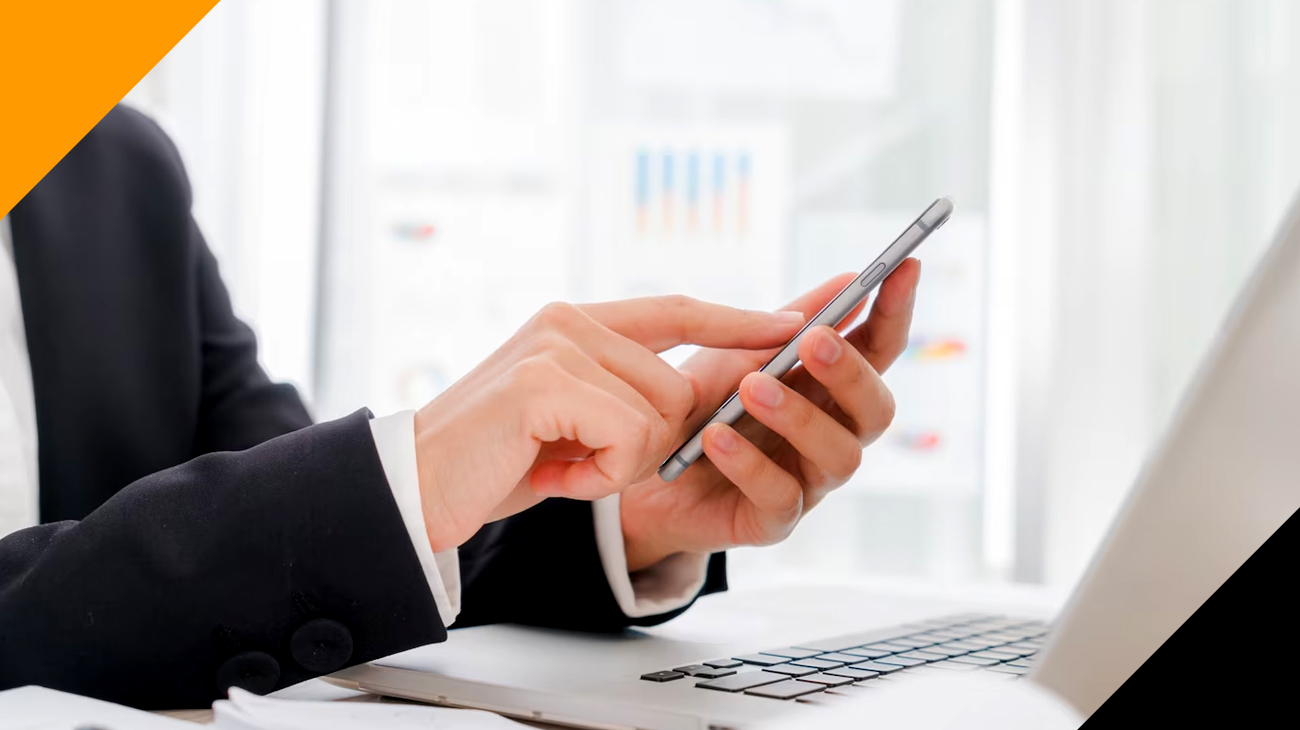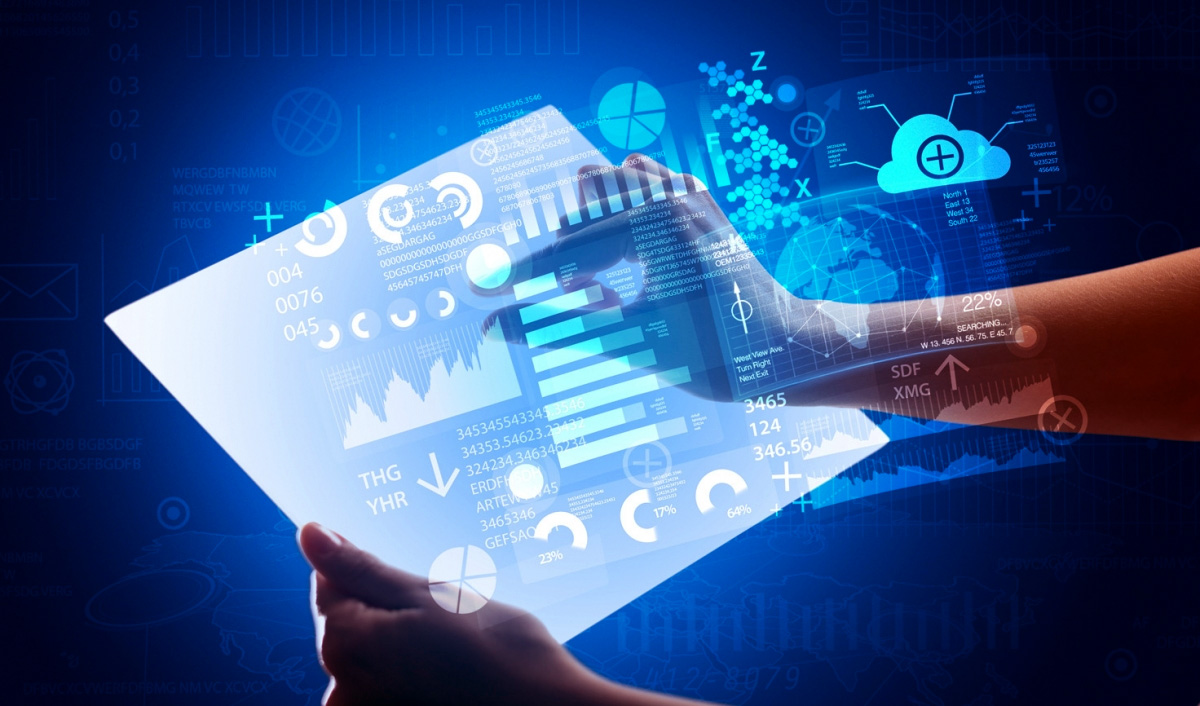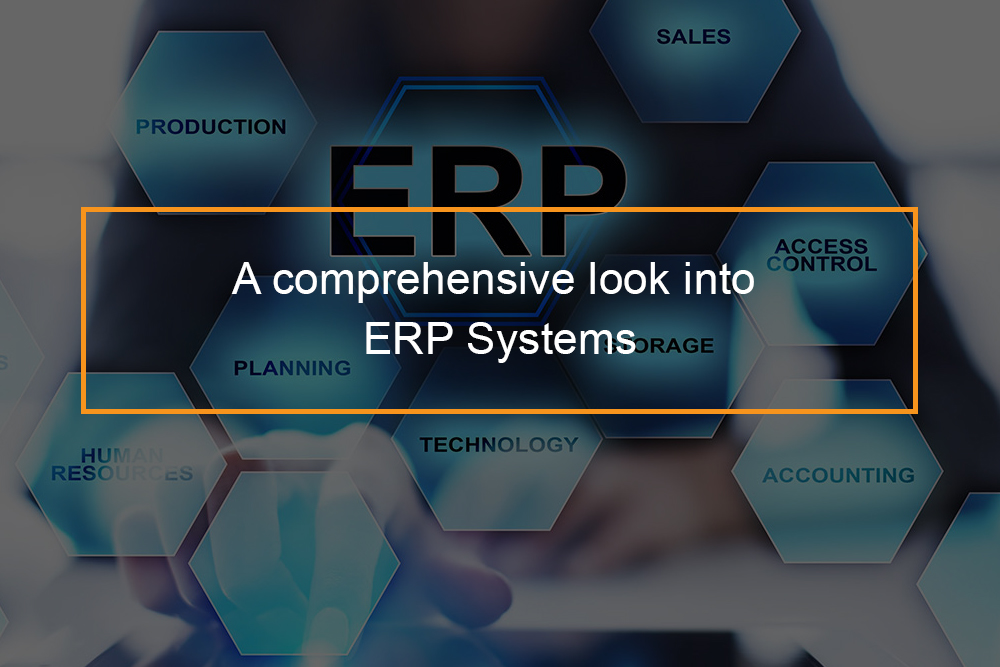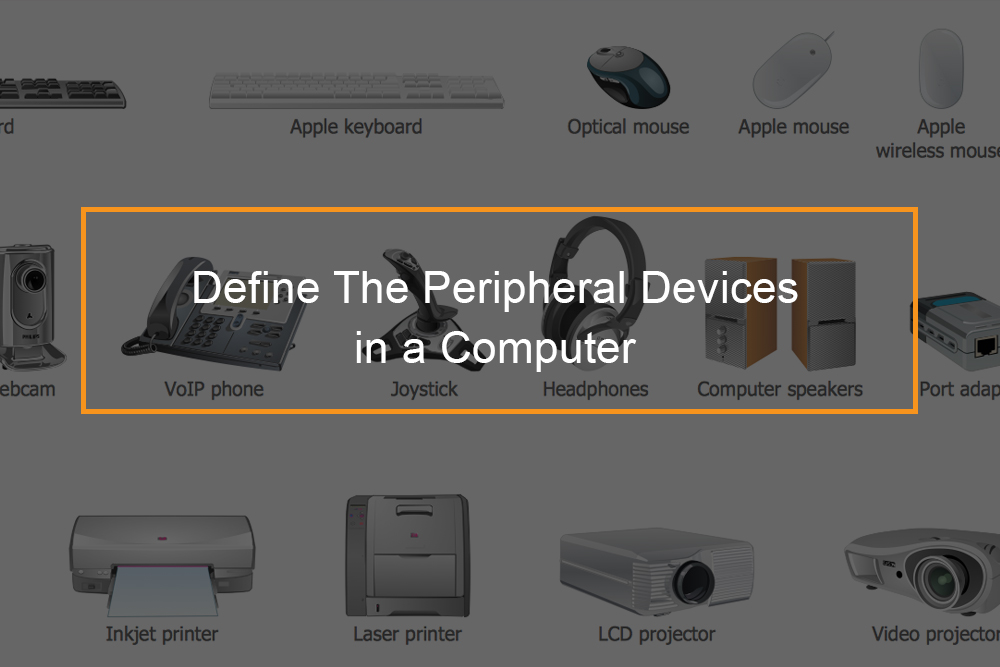
Peripheral device, likewise called peripheral, computer peripheral,input-output device, or I/O devices, any of various gadgets (consisting of sensors) utilized to go into details and directions into a computer system for storage or processing and to deliver the processed data to a human operator or, in some cases, a machine managed by the computer system. These devices make up the peripheral equipment of modern digital computer systems.
Peripherals can exist in three kinds: input devices, output devices, and storage gadgets (which engage of the attributes of the very first 2). An input gadget converts inbound information and guidelines into a pattern of electrical signals in binary code that are understandable to a digital computer system. An output device reverses the procedure, translating the digitized signals into a type smart to the user. At one-time paper-tape readers and punched-card were thoroughly used for input; however, more efficient devices are now replacing them.
Input Devices
A List of Input Devices
A wide variety of devices falls under the classification of input peripheral. Case in points consists of keyboards, mice, trackballs, pointing sticks, joysticks, digital tablets, touch pads, and scanners.
The Keyboard
They consist of mechanical or electromechanical switches that change the flow of presence through the device when pressed. A microprocessor embedded inside analyzes these modifications and sends out a signal to the computer system. In addition to letter and number secrets, many keyboards likewise consist of “function” and “control” keys that modify input or send different commands to the computer system.
Keyboard Physical Description
Modern computer system keyboards were imitated, and are still very similar to, classic typewriter keyboards. Many different layouts are available worldwide (like Dvorak and JCUKEN) however most keyboards are of the QWERTY type.
The majority of keyboards have numbers, letters, signs, arrow secrets, etc.. However, some likewise have a numerical keypad. Extra functions like volume control, buttons to power down or sleep the gadget and even a built-in trackball mouse that’s planned to provide a simple way to use both the keyboard and the mouse without needing to raise your hand off the keyboard.
Keyboard Connection Types
Numerous keyboards are cordless, communicating with the computer using an RF receiver or Bluetooth. Wired keyboards connect to the motherboard through a USB cable television, utilizing the USB Type An adapter.
Older keyboards link utilizing a PS/2 connection. Keyboards on laptop computers are naturally incorporated, but technically would be considered “wired” because that’s how they connect to the computer system.
Both wireless and wired keyboards require a particular gadget driver so you can use with your computer. You don’t have to download drivers for standard, non-advanced keyboards since they incorporate in the os.
Tablets, phones, and other computers with touch user interfaces frequently don’t consist of physical keyboards. Nevertheless, a lot of do have USB receptacles or wireless technologies which permit connection of external keyboards.
Like tablets, most modern smartphones use on-screen keyboards to make the most of the screen size; you can use the keyboard when needed, but then you can use that same screen area for things like watching videos. If the keyboard is present on the phone, it’s often a slide-out, surprise keyboard that rests behind the screen. This both maximizes readily available screen space as well as permits a familiar physical keyboard.
Laptops and netbooks have integrated keyboards, however, like tablets, can have external keyboards connected through USB.
Keyboard Shortcuts
Although we use a keyboard nearly every day, there are lots of keys you probably do not utilize. Here’s a list of examples of keyboard buttons that can be used together to form a brand-new function.
Modifier Keys
Some keys you ought to become familiar with are called modifier keys. You’ll probably see a few of these in the repairing guides here on this website; the Control, Shift, and Alt secrets are modifier keys. Mac keyboards utilize the Option and Command secrets as modifier secrets.
Unlike a traditional secret like a letter or a number, modifier keys customize the function of another mystery. The routine task of the seven(7) key, for example, is to input the number 7, however, if you hold down the Shift and seven(7) keys concurrently, the ampersand (&) sign is produced.
Ctrl-C is a keyboard faster way you’re most likely already know. You can use it for copying something to the clipboard so that you can utilize the Ctrl-V mix to paste it.
Another example of a modifier key combination is Ctrl-Alt-Del. The function of these keys isn’t as apparent because the guidelines for using it aren’t laid out on the keyboard like the seven (7) secret is. It’s a typical example of how utilizing modifier keys can produce a result that none of the keys can carry out by themselves, independent of the others.
Alt-F4 is another keyboard faster way. This one instantly shuts down the window you’re presently using. Whether you’re in an Internet internet browser or browsing through pictures on your computer, this combination will quickly close the one you’re on.
Windows Key
Although the typical use for the Windows secret (a.k.a start secret, flag secret, logo key) is to open the Start menu, you can use it for many different things.
The Win-D is one example of using this secret to show/hide the desktop rapidly. Win-E is another beneficial one that quickly opens Windows Explorer.
Microsoft has an extensive list of keyboard faster ways for Windows for some other examples. Win+ X is most likely my favorite.
Keep in mind: Some keyboards have unique keys that do not operate in the same method as a standard keyboard. For instance, the TeckNet Gryphon Pro video gaming keyboard includes ten(10) secrets that can tape-record macros.
Changing Keyboard Options
In Windows, you can change some of your keyboard’s settings, like repeat delay, repeat rate, and blink rate, from the Control Panel.
You can make innovative modifications to a keyboard using a third-party software application like SharpKeys. It’s a free program that modifies the Windows Registry to remap one key to another or disable one or more keys completely.
SharpKeys is incredibly helpful if you’re missing out on a keyboard key. For instance, if you’re without the Enter crucial, you can remap the Caps Lock key (or the F1 secret, and so on) to the Enter function, removing the initial function’s abilities so regarding restoring usage of the latter. It can also be utilized to map secrets to web controls like Refresh, Back, etc
The Microsoft Keyboard Layout Creator is another complimentary tool that lets you quickly alter the design of your keyboard. Little Tiny Fish has an excellent explanation for how to use the program.
The Mouse
Mechanical mice and trackballs run alike, using a rubber or rubber-coated ball that turns two shafts connected to a set of encoders that determine the horizontal and vertical elements of a user’s motion, which then translated into cursor movement on a computer display. Optical mice employ a light beam and video camera lens to equate movement of the mouse into cursor motion.
Mouse Physical Description
Computer system mice can be found in lots of shapes and sizes but are all designed to fit either the justify or right hand, and you can use on a flat surface area.
The standard mouse has two buttons towards the front (to justify-click and right-click) and a scroll wheel in the center (to quickly move the screen up and down). Nevertheless, a computer system mouse can have anywhere from one to a couple more buttons to provide a wide array of other functions (like the 12-button Razer Naga Chroma MMO Gaming Mouse).
While older mice utilize a little ball on the bottom to control the cursor, newer ones use a laser. Some computer mice instead have it on top of the mouse so that rather of moving the mouse across a surface to engage with the computer, the user keeps the mouse fixed and instead pushes the ball with your finger — the Logitech M570 an example of this type of mouse.
No matter what type of mouse you use, they all communicate with the computer system either wirelessly or utilizing a physical, wired connection.
If wireless, mice link to the computer system either using RF communication or Bluetooth. An RF-based wireless mouse will need a receiver that will physically connect to the computer. A Bluetooth wireless mouse links are utilizing the computer system’s Bluetooth hardware.
If wired, mice connect to the computer through USB using a Type A port. Older mice join using PS/2 ports. Although, it’s usually a direct connection to the motherboard.
Drivers for a Computer Mouse
Like any piece of hardware, a computer system mouse deals with a computer system only if you install the appropriate gadget driver. A fundamental mouse will work right out of the box since the operating system most likely currently has the chauffeur ready for setup. However, you need a unique software application or an advanced mouse that has more functions.
The advanced mouse might work just great as a regular mouse, but it’s likely that the additional buttons won’t work up until the right motorist is set up.
The very best method to install a missing mouse driver is through the producer’s website. Logitech and Microsoft are the most well-known manufacturers of mice, but you’ll see them from other hardware makers also. Search for ‘How Do I Update Drivers in Windows?’ For directions on by hand installing these types of drivers in your specific version of Windows.
Nevertheless, one of the simplest methods to set it up is to utilize a free driver updater tool. If you go this route, be sure you plug in when you start the scan.
You can download some drivers through Windows Update, so that’s another alternative if you still can’t appear to find the best one.
Note: Basic options for managing the mouse can be set up in Windows through Control Panel. Look for the Mouse Control Panel applet, or use the control mouse Run command, to open a set of choices that let you swap the mouse buttons, choose a new mouse pointer, alter the double-click speed, show tip trails, conceal the cursor as you type, adjust the pointer speed.
Extra Details on the Mouse
A computer mouse is supported strictly on devices that have a visual user interface. It’s the reason you must utilize your keyboard when dealing with text-only tools, like some of these free bootable antivirus programs.
While laptop computers, touch-screen phones/tablets, and other comparable gadgets don’t need a mouse, they all use the very same idea to communicate with the device. You can utilize a stylus, trackpad, or your finger in place of the conventional computer mouse. However, most of these gadgets support using a mouse as an optional accessory if you ‘d choose to utilize one anyway.
Some computer mice power down after a particular duration of inactivity so regarding saving money on battery life, while others that require a lot of power (like some video gaming mice) will be wired-only to favor efficiency over the benefit of being cordless.
The mouse was initially described as an “X-Y position sign for a screen system” and was nicknamed a “mouse” because of the tail-like cable that came out the end of it. Douglas Engelbart invented it in 1964.
Before the innovation of the mouse, computer users had to get in text-based commands to do even the most basic of jobs, like moving through directory sites and opening files/folders.
Pointing Sticks
Pointing sticks, which are popular on numerous laptop computer systems, use a strategy that uses a pressure-sensitive resistor. As a user uses pressure to it, the resistor increases the flow of electricity, thereby indicating that movement has taken place. Most joysticks run in a comparable way.
Digital tablets and touchpads are similar in purpose and functionality. In both cases, you can draw input from a flat pad that contains electrical sensors that identify the existence of either a special tablet pen or a user’s finger, respectively.
The Scanner
A scanner is somewhat similar to a photocopier. A light source lights up the object before scanning, and the differing amounts of reflected light are captured and measured by an analog-to-digital converter connected to light-sensitive diodes. The diodes emit a pattern of binary digits that remain on the computer as a graphical image.
Output Devices
What are Computer Output Devices?
Printers are a typical example of output devices New multifunction peripherals that integrate printing, scanning, and copying into a single device are also popular. Computer screens are in some cases treated as peripherals. High-fidelity stereo is another example of output gadgets often categorized as computer system peripherals. Manufacturers have announced devices that supply tactile feedback to the user–” force feedback” joysticks, for instance. It highlights the complexity of classifying peripherals– a joystick with force feedback is genuinely both an input and an output peripheral.
Early printers frequently utilized a procedure called effect printing, in which a small number of pins were driven into the desired pattern by an electromagnetic printhead. As each pin/nail moves forward, it strikes a tattooed ribbon and moves a single dot the size of the pinhead to the paper. Several dots integrated into a matrix to form characters and graphics, for this reason, the name dot matrix. Another early print innovation, daisy-wheel printers, made impressions of whole characters with a single blow of an electromagnetic printhead, similar to an electric typewriter. The printer has replaced such printers in a lot of industrial settings. Laser printers use a concentrated beam of light to engrave patterns of positively charged particles on the surface area of a circular drum made of negatively charged natural, photosensitive surface. As the drum spins, negatively charged toner particles follow the patterns engraved by the laser and move to the paper. Another, less costly printing technology developed for the house and small businesses is inkjet printing — most of inkjet printers run by ejecting tiny beads of ink to form characters in a matrix of dots– similar to dot matrix printers.
Computer system display gadgets have remained in usage practically as long as computer systems themselves. The early computer system displays utilized the same Cathode-Ray Tubes (CRTs) used in TV and radar systems. The essential concept behind CRT screens is the emission of a regulated stream of electrons that strike light-emitting phosphors coating the inside of the screen. The screen itself splits into several scan lines, each of which contains a variety of pixels– the rough equivalent of dots in a dot matrix printer. Its pixel size determines the resolution of a monitor. More recent LCDs rely on liquid crystal cells that straighten inbound polarized light. The straightened beams go through a filter that allows only those beams with a specific positioning to move. Different colors or tones are made to appear on the screen, by controlling the liquid crystal cells with electrical charges.
The majority of auxiliary storage gadgets– as, for example, CD-ROM and DVD drives, flash memory drives, and external disk drives also function as input/output gadgets (see computer system memory). Even devices such as smartphones, tablet computer systems, and wearable gadgets like physical fitness trackers and smartwatches can be thought about as peripherals, albeit ones that can function independently.
Various standards for linking peripherals to computers exist. For example, Enhanced Integrated Drive Electronics (EIDE) and Serial Advanced Technology Attachment (SATA) are standard interfaces, or buses, for magnetic disk drives. A bus (likewise known as a port) can be either serial or parallel, depending upon whether the information course brings one bit at a time (serial) or many at the same time (parallel). Serial connections, which utilize reasonably couple of wires, are usually simpler and slower than parallel connections. Universal Serial Bus (USB) is a standard serial bus. A typical example of a parallel bus is the SATA bus.
Communication Devices
Defining Communication Devices
The most familiar example of an interaction gadget is the typical telephone modem (from modulator/demodulator). Modems regulate, or transform, a computer system’s digital message into an analog signal for transmission over standard telephone networks, and they demodulate the analog signal back into a digital text on reception. In practice, telephone network components restrict analog information transmission to about 48 kilobits per second. Standard cable modems run in a comparable way over cable television networks, which have a total bandwidth of 30 to 40 megabits per 2nd over each local community “loop.” You can utilize Asymmetric Digital Subscriber Line (ADSL) modems for transferring digital signals over a local devoted telephone line, supplied there is a telephone office nearby– in theory, within 5,500 meters (18,000 feet) however in practice about a third of that range. ADSL is asymmetric because transmission rates vary back and forth the subscriber: 8 megabits per second “downstream” to the subscriber and 1.5 megabits per second “upstream” from the subscriber to the provider. In addition to gadgets for transferring over telephone and cable wires, cordless communication devices exist for sending infrared, radio wave, and microwave signals.
Peripheral Interfaces
What Are Peripheral Interfaces?
Various methods have been utilized in the design of user interfaces to connect computer systems and peripherals. A user interface of this nature is typically called a bus. This terminology derives from the existence of numerous paths of electrical interaction (e.g., wires) bundled or joined together in a single gadget. Multiple peripherals can connect to a single bus– the peripherals require not be homogeneous.
E.g., Small Computer Systems Interface (SCSI; pronounced “scuzzy”). This popular requirement enables different gadgets to communicate with a computer system by sharing a single bus.
You can refer to buses as parallel or serial. The parallel buses have a large number of wires bundled together that allow information to move in parallel. It increases the throughput, or rate of data transfer between the peripheral and computer system. SCSI buses are parallel buses. Examples of serial buses include the Universal Serial Bus (USB).
USB has an intriguing function in that the bus brings not just information to and from the peripheral but also electrical power.
Examples of other peripheral combination plans consist of Integrated Drive Electronics (IDE) and Enhanced Integrated Drive Electronics (EIDE). Before USB, these two plans were developed at first to support greater flexibility in adjusting disk drive to a range of various computer makers.



